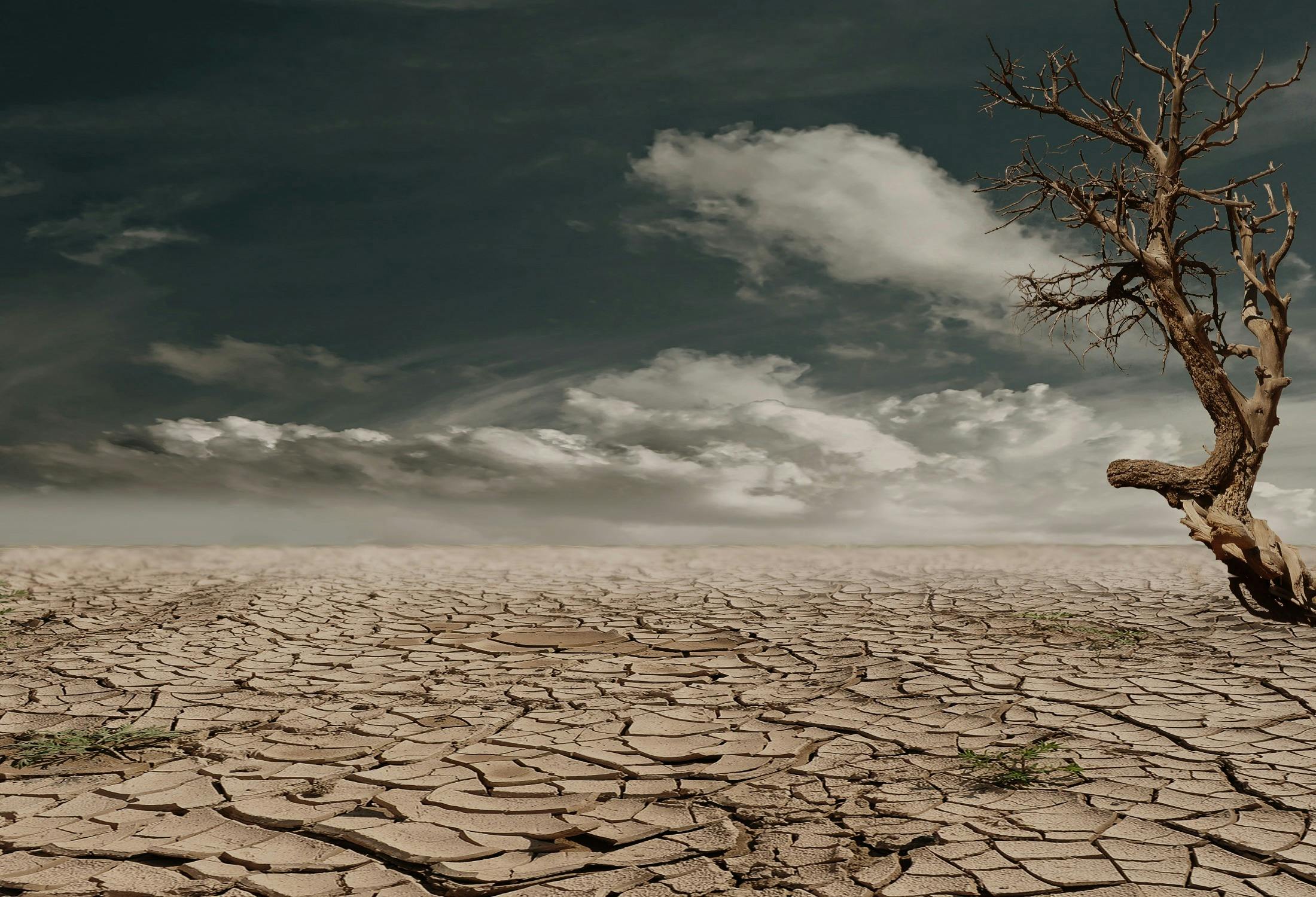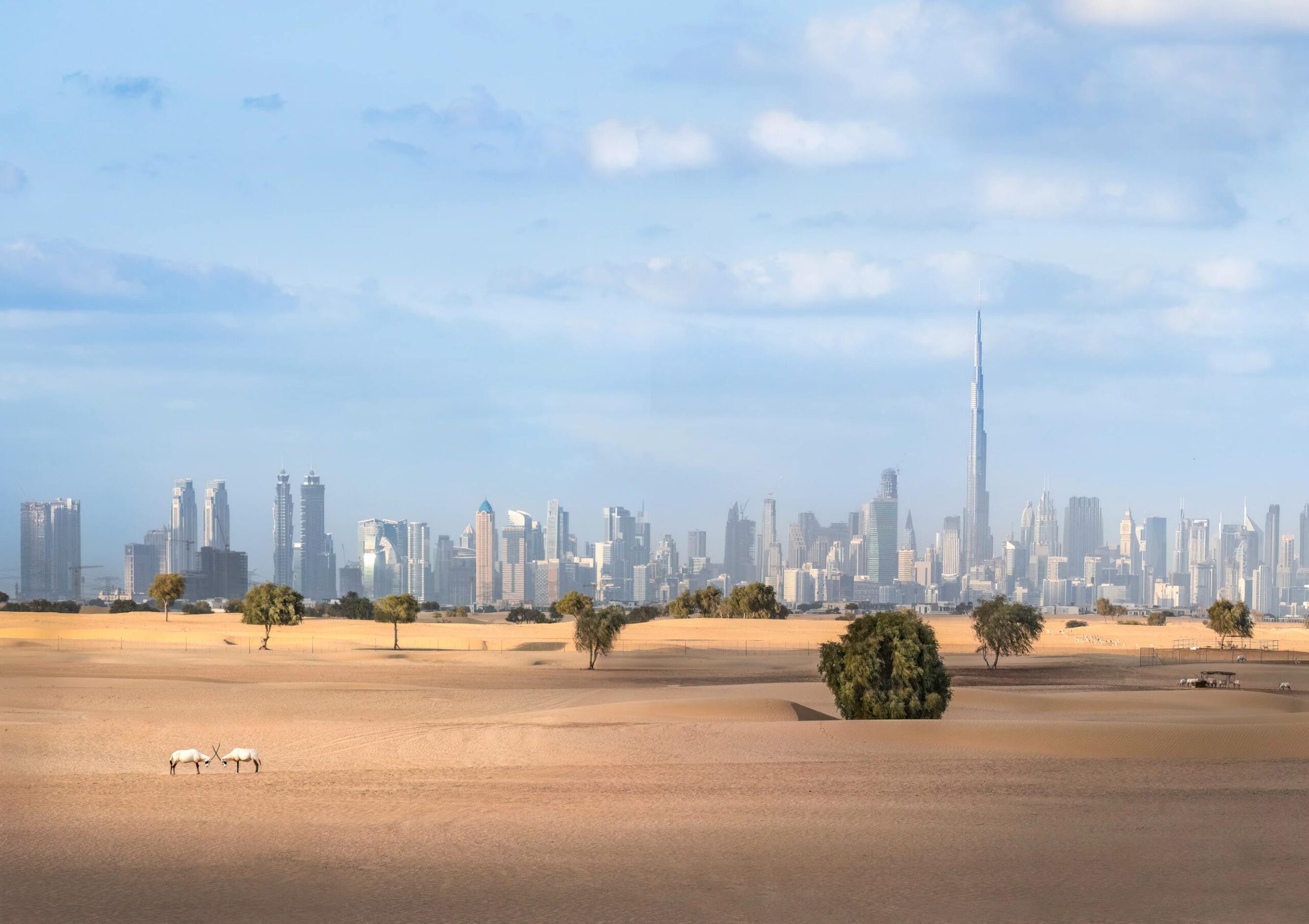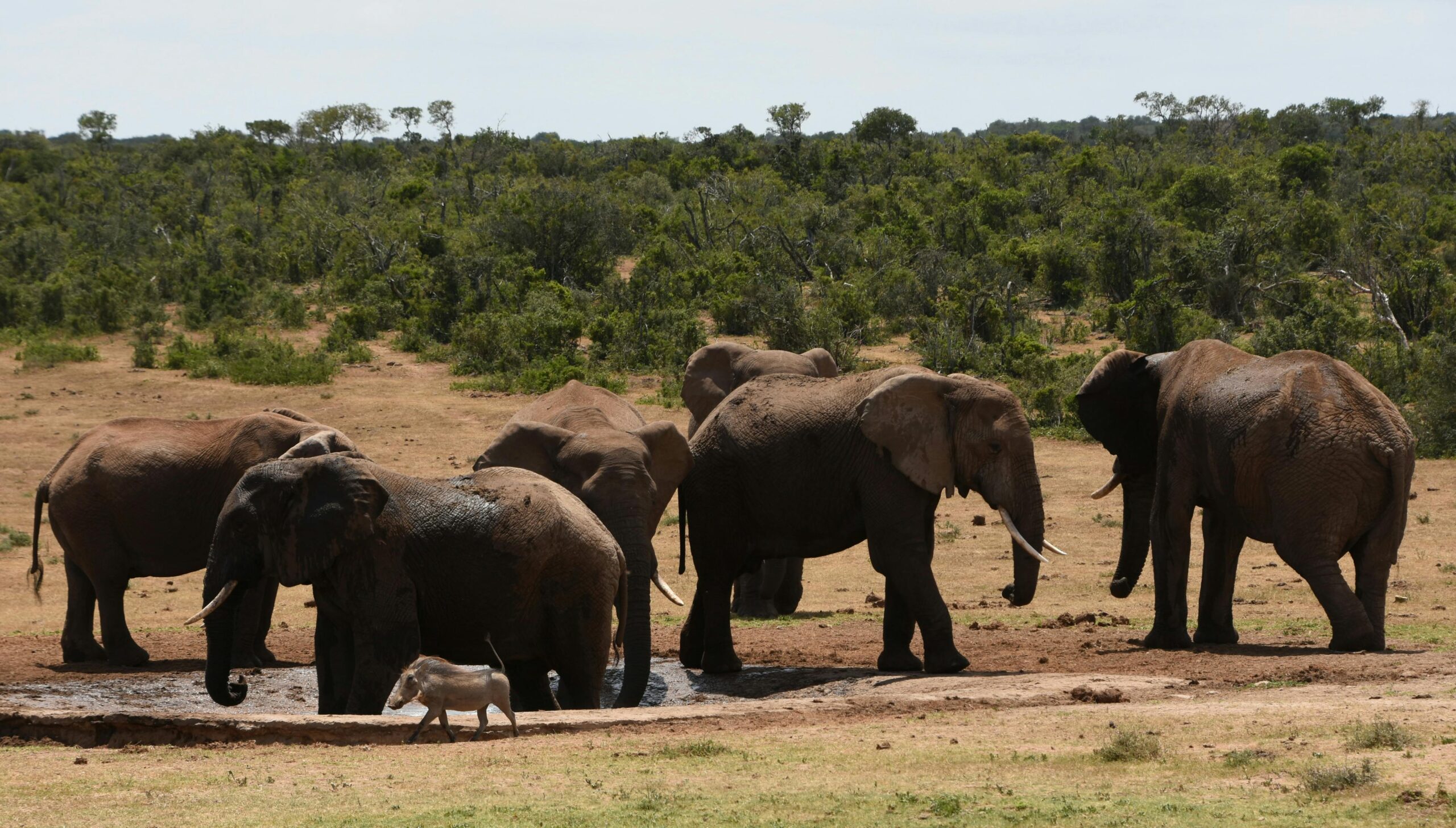Desertification is a process that results in the degradation of land in arid and semi-arid regions, significantly impacting ecosystems and human communities. This phenomenon is driven largely by climate change, which alters precipitation patterns, increases temperatures, and exacerbates extreme weather events. As desertification progresses, the disruptions to ecosystems become increasingly pronounced, leading to a cascade of environmental and social consequences.
1. Changes in Vegetation Dynamics
Climate change affects the growth and distribution of vegetation in dryland ecosystems. Increased temperatures and altered rainfall patterns can lead to shifts in plant communities, often favoring drought-resistant species over more sensitive ones. As certain species decline, the loss of biodiversity can destabilize entire ecosystems, reducing their resilience to environmental stressors .
Research has shown that desertification often results in a reduction of vegetation cover, which is critical for maintaining soil health, preventing erosion, and supporting wildlife habitats. For instance, a study published in Nature found that areas experiencing severe desertification displayed significant decreases in plant diversity and biomass, which in turn affected soil stability and nutrient cycling .
2. Soil Degradation
The degradation of soil quality is a direct consequence of desertification. As vegetation is removed, soils become exposed to erosion by wind and water, leading to the loss of fertile topsoil. This process is exacerbated by climate change, which can lead to more intense rainfall events that further erode soil and reduce its fertility .
Soil degradation also impacts the soil’s ability to store carbon, contributing to greenhouse gas emissions. According to the Intergovernmental Panel on Climate Change (IPCC), degraded soils release substantial amounts of carbon dioxide into the atmosphere, further intensifying climate change .
3. Disruption of Water Cycles
Desertification alters local hydrological cycles, affecting both surface and groundwater availability. Vegetation plays a crucial role in maintaining these cycles by facilitating water infiltration and reducing runoff. When vegetation is lost, water retention decreases, leading to diminished groundwater recharge and increased surface runoff .
The World Bank highlights that water scarcity resulting from desertification can lead to conflict over resources, especially in regions where communities are heavily reliant on agriculture and pastoralism. As water becomes scarcer, the competition for this vital resource can exacerbate existing tensions and lead to social instability .
4. Loss of Biodiversity
The ongoing desertification process results in significant biodiversity loss, which is detrimental not only to ecosystems but also to human livelihoods. Diverse ecosystems provide essential services, such as pollination, pest control, and the provision of food, medicine, and clean water. As these ecosystems are disrupted, the services they provide become increasingly compromised .
According to a report by the United Nations Convention to Combat Desertification (UNCCD), the loss of biodiversity in drylands threatens the survival of many species and compromises the ability of ecosystems to adapt to changing environmental conditions .
5. Impacts on Human Communities
The ecological disruptions caused by desertification have profound implications for human communities. Many populations in arid regions depend directly on natural resources for their livelihoods. As ecosystems degrade, these communities face food insecurity, loss of income, and increased vulnerability to climate-related disasters.
The effects of desertification can lead to forced migration as people search for better living conditions. The United Nations estimates that desertification and land degradation could displace up to 135 million people by 2045, adding to the global challenge of managing climate-induced migration .
Conclusion
Desertification, exacerbated by climate change, poses a severe threat to ecosystems and human communities. The disruption of vegetation dynamics, soil degradation, altered water cycles, and loss of biodiversity collectively undermine the health of dryland ecosystems and threaten the livelihoods of millions. Addressing desertification requires integrated approaches that promote sustainable land management, enhance ecosystem resilience, and prioritize the needs of vulnerable communities.
To combat the impacts of desertification, it is crucial to invest in restoration efforts, support sustainable agricultural practices, and enhance policies that mitigate the effects of climate change. By recognizing the interconnectedness of climate, ecosystems, and human well-being, stakeholders can work toward a more sustainable future for drylands worldwide.








Leave a Comment